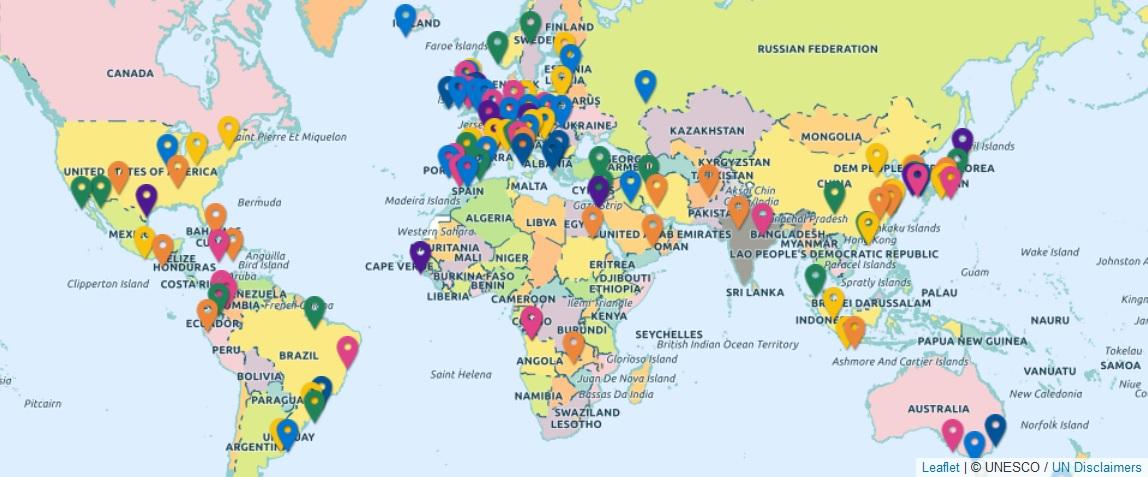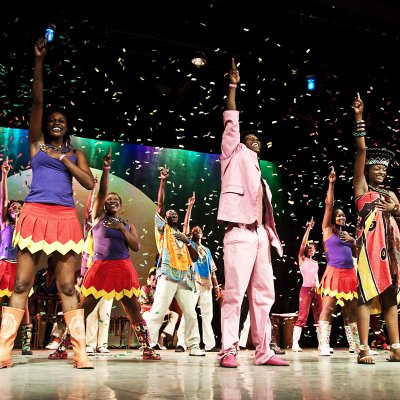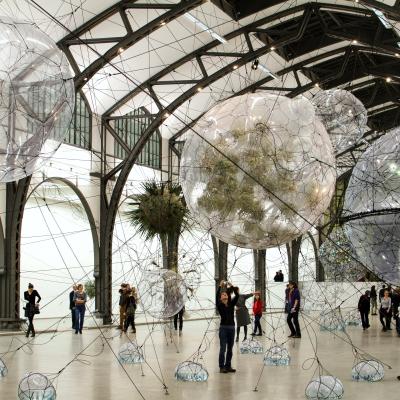UNESCO Creative Cities Network

The UNESCO programme "Creative Cities" links cities worldwide that want to exchange experiences, strategies, ideas and model practices in the field of contemporary art and culture, including cultural industries. Members of the network are centres of excellence in one of seven areas: film, music, design, gastronomy, media art, crafts or literature. Currently 180 cities are active in the UNESCO network, including the four German cities of Berlin, Hanover, Heidelberg and Mannheim.
The UNESCO Creative Cities programme was founded in 2004 as part of UNESCO's Global Alliance for Cultural Diversity. This network connects cities worldwide that want to exchange experiences, strategies, ideas and model practices in the field of contemporary art and culture, including cultural industries.
From Ouagadougou (Burkina Faso), a creative city of crafts, to Toronto (Canada), a creative city of media arts, to the Chinese city of Wuhan, a creative city of design, 180 cities from 72 countries are now active in the UNESCO network. Members of the network are centres of excellence in one of seven areas: film, music, design, gastronomy, media art, crafts and literature. They support each other through cooperation and share their experiences with other creative cities, especially in developing countries.
As centres of creativity, the cities in the network use their creative potential for socio-economic and cultural development. Joining the network, the cities commit to active and international cooperation. They create partnerships with actors in their city and with other cities, exchange knowledge and experience, improve everyone's participation in cultural life, promote the local cultural and creative industries and actively participate in the network's annual general meeting. The network is not financed by UNESCO.
Germany has four cities in its global network: Hanover and Mannheim as "City of Music" (2014), Heidelberg as "City of Literature" (2014) and Berlin as "City of Design" (2005).




